The New Tariff Landscape: Challenges & Strategies for DTC Brands

Tariffs, Supply Chains, and the Future of DTC Retail
In 2025, new tariffs on imports from Mexico, Canada, and China are reshaping the DTC industry, driving up costs for brands that rely on international production and fulfillment. On the other hand, the elimination of the de minimis rule means reduce competition from brands like Shein, Temu, and Wish.
- As of February 4, 2025, new tariffs on Chinese imports have officially gone into effect.
- Tariffs on imports from Mexico and Canada have been paused for 30 days while negotiations continue.
2025 Import Tariff Rates by Country
Percentage rates for imported goods from major trading partners
As costs rise, agility and supply chain innovation will be key to survival. Brands will need to rethink their sourcing strategies, explore alternative pricing models, and communicate pricing changes transparently to customers. This report examines how these tariffs impact DTC brands and strategies to protect profit margins in this new trade environment.
Rising Costs & Changing Policies: What the 2025 Tariffs Mean for DTC Brands
According to the National Retail Foundation:
The proposed tariffs would add new tariffs on top of already high tariffs faced by imports from all countries. Nearly all of those apparel items currently face even higher duties under Section 301 tariffs when imported from China.
Currently, US apparel tariffs average 14.7% (reflective of trade under free trade agreements as well as Section 301 tariffs on imports from China). The proposed tariffs would increase that average rate to 37.5% (Scenario A) to 56.0% (Scenario B).
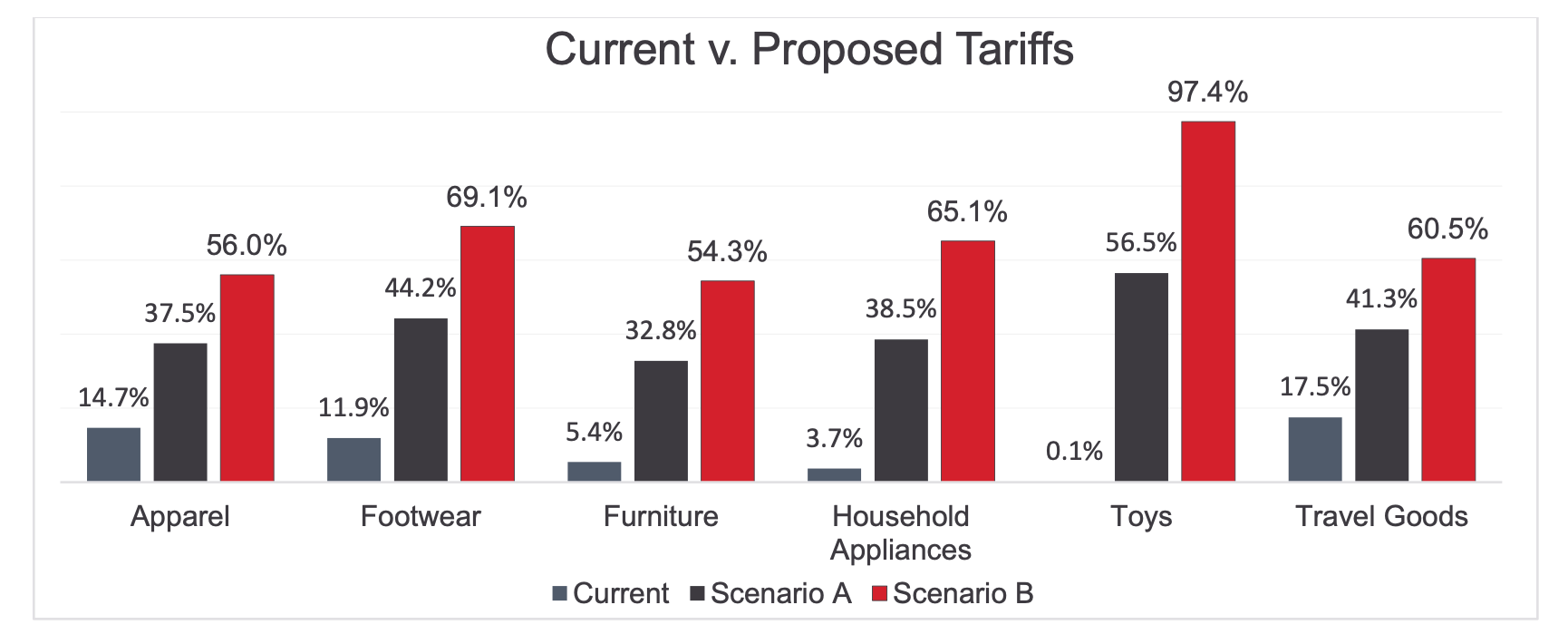
The prices of infant pyjamas, currently $15, would increase to $17 to $18; a $50 woman’s cotton sweater would cost $56 to $60; an $80 pair of men’s jeans would cost $90 to $96 and a $100 coat would cost $112 to $121.
Mitigating the Impact: Actionable Steps for DTC Brands
Resilient Supply Chains: How to Reduce Dependency on High-Tariff Countries
One of the most obvious solutions is to pursue supply chain diversification. Conducting a cost-benefit analysis on adding new suppliers or warehouses in countries outside of China could be a great opportunity. With the de minimis rule ending, products on the lower end of the price spectrum will now be subject to tariffs, resulting in additional overhead to comply with new regulations.
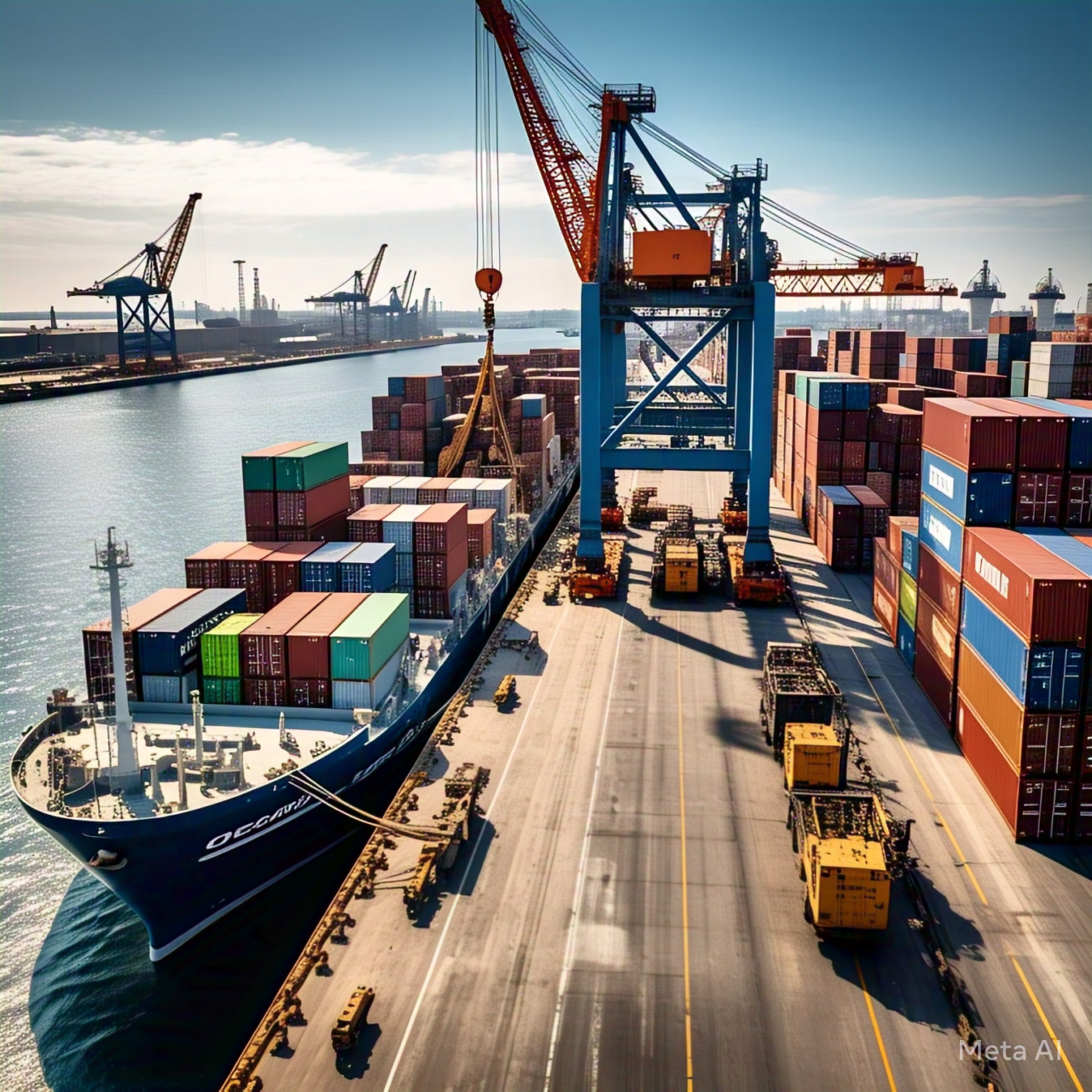
There will still be scenarios where absorbing the cost of the tariff will be the best option, but a cost-benefit analysis is still highly recommended.
DTC Brands Can Win Back Customers from Shein, Temu & Wish
With the de minimis rule eliminated, Shein, Temu, and Wish will no longer have the same price advantage they once held, as low-cost imports will now be subject to tariffs. This change reduces competition from these platforms, opening the door for DTC brands to regain lost customers.
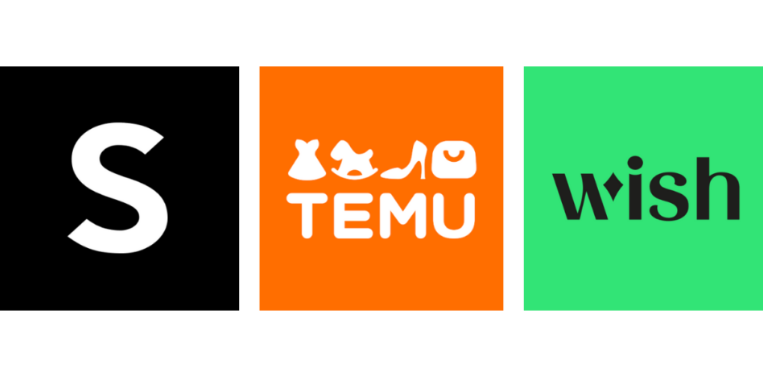
How to capitalize on this shift:
- Competitive pricing with better quality – With price gaps shrinking, customers may prefer US-based brands offering higher quality products.
- Enhanced customer experience – DTC brands can leverage faster shipping, better return policies, and customer service advantages over low-cost overseas sellers.
- Exclusive branding & storytelling – Unique brand identity and story-driven marketing can differentiate DTC products from mass-produced imports.
From Cost-Driven to Value-Driven
Transitioning away from cost competitive products and focusing on providing more value to the customer can help offset the cost of the tariff. Premium products offer higher margins, helping to absorb tariff-related costs. Additionally, bundling items can increase the perception of value to the customer, making it easier for brands to protect margins.
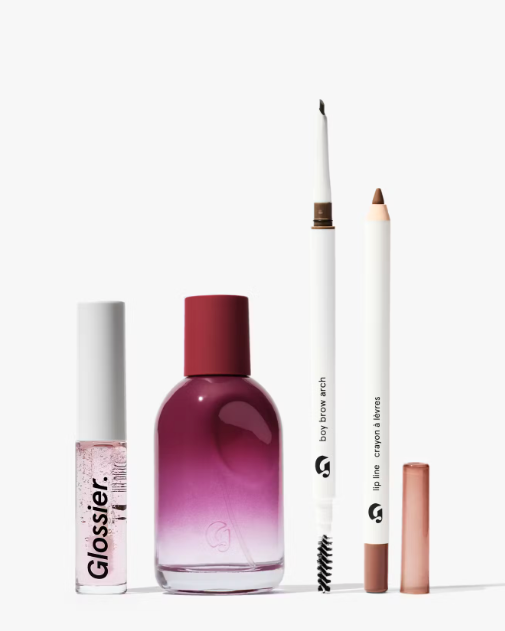
Transparency Builds Trust: How to Address Tariff-Driven Price Increases
It is important to be transparent with customers about the impact of the tariff and how it is affecting prices. This can help build trust and loyalty with customers. Some brands like Cult Gaia, Knickey, and One Stripe Chai have already done this, preparing customers for the upcoming changes.
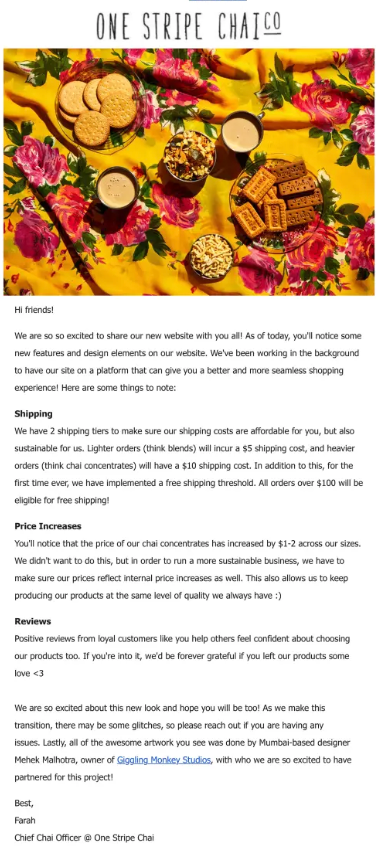
One Stripe Chai sent a straightforward email to its customers explaining the impact of the tariff and how it affects their supply chain. They emphasized that they are maintaining the same quality and will offer more shipping options for customers to provide budget friendly alternatives.
In your communications, being transparent about the impact of the tariff, how it affects your supply chain, and how you are going to manage it is key. Customers will likely appreciate the honesty, increasing trust and loyalty as opposed to just seeing price increases without communication.
From Challenge to Advantage: How Smart Brands Will Win in a Tariff-Heavy Market
Though the tariffs present short-term challenges, they also encourage supply chain innovation and new competitive opportunities.
By prioritizing:
- Flexible fulfillment
- Diversified sourcing
- Value-driven pricing
- Winning back customers from low-cost imports
DTC brands can turn tariffs into an opportunity for long-term growth.